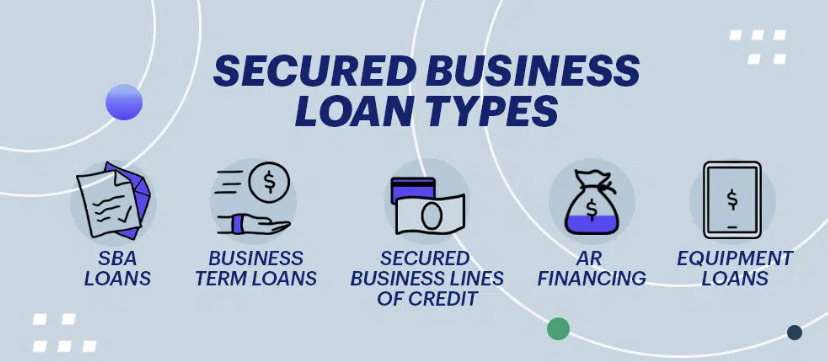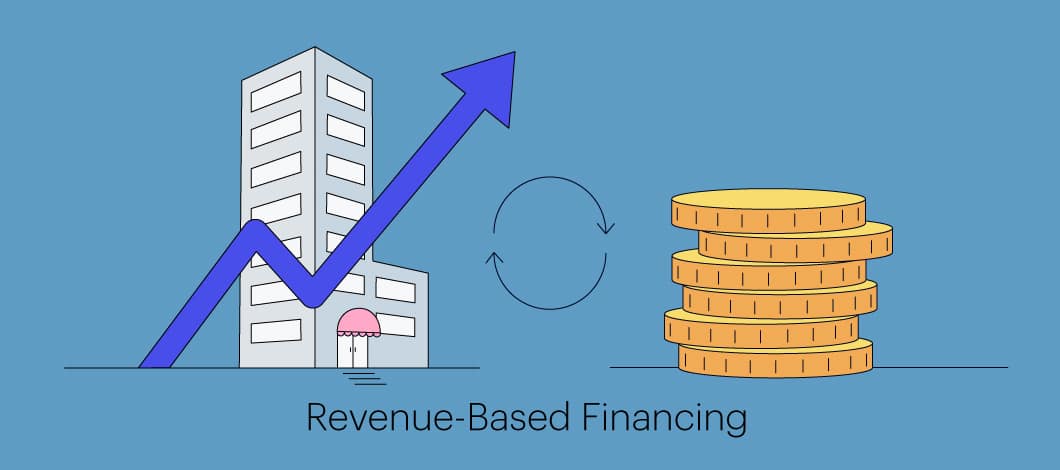In the ever-evolving landscape of small business lending, entrepreneurs face a pressing question: How can I secure a small business loan amidst the challenge of higher interest rates from big banks? This article is your guide to navigating the world of small business loans, exploring alternative paths to qualification, and embracing opportunities beyond the traditional banking sphere. Qualify for a small business loan can be a daunting task, but our team at can help. We’ve pulled together some tips and advice to help you get started.
The Landscape of Small Business Lending
Small business loans serve as a lifeline for entrepreneurs looking to fuel growth, expand operations, or overcome financial hurdles. Traditionally, big banks have been go-to sources for funding, offering competitive interest rates. However, recent shifts in the financial landscape have led to higher interest rates, leaving many business owners seeking alternative avenues.
The Challenge of Higher Interest Rates
Impact of Higher Interest Rates on Borrowers
The rise in interest rates from big banks can have a significant impact on borrowers. Higher interest rates translate to increased borrowing costs, potentially affecting cash flow and overall business profitability.
Seeking Alternatives
Faced with the challenge of higher interest rates, small business owners are exploring alternative lending options. Embracing these alternatives requires a deeper understanding of what it takes to qualify for a small business loan.
The Path to Qualifying for a Small Business Loan
Qualifying for a small business loan involves meeting specific lender requirements and demonstrating your creditworthiness. Understanding these requirements and taking proactive steps to strengthen your financial standing is key to securing the funding you need.
Understanding Lender Requirements
Different lenders have varying criteria for loan approval. These criteria can include credit scores, business revenue, time in operation, and the purpose of the loan. Researching and understanding the specific requirements of potential lenders is the first step towards qualification.
Strengthening Creditworthiness
Exploring Alternative Lenders
In the quest to secure funding despite higher interest rates, many small business owners are turning to alternative lenders. These lenders, often outside the realm of traditional banks, provide unique opportunities for borrowers.
Embracing Non-Traditional Lending Options
Alternative lenders include online platforms, community banks, credit unions, and peer-to-peer lending networks. These options offer flexibility in terms of interest rates, repayment schedules, and eligibility criteria.
Benefits of Alternative Lenders
The benefits of alternative lenders extend beyond competitive interest rates. These lenders often prioritize personal relationships, quick decision-making, and a willingness to consider unique borrower circumstances.
Navigating the Application Process
Gathering Necessary Documentation
Applying for a small business loan requires comprehensive documentation. This typically includes financial statements, business plans, tax returns, and proof of collateral. Having these documents ready streamlines the application process.
Presenting a Compelling Business Case
The Power of Financial Projections
Demonstrating the potential for loan repayment and the viability of your business is crucial. Financial projections play a pivotal role in showcasing your ability to manage loan payments while maintaining business operations.
Demonstrating Repayment Capacity
Financial projections provide lenders with insights into your business’s future financial health. They allow lenders to assess your ability to generate sufficient cash flow to cover loan payments.
Outlining Growth Potential
Financial projections also highlight your business’s growth potential. Lenders are more likely to approve loans when they see a well-thought-out plan for expansion, increased revenue, and improved profitability.
Overcoming the High Risk Barrier
Addressing High Risk Perceptions
High risk lending doesn’t have to mean unattainable loans. Business owners can take proactive steps to address and mitigate perceived risks by clearly articulating their strategies for success.
Building a Strong Loan Application
Strategies for Approval
Securing a small business loan involves more than just meeting minimum requirements. Implementing effective strategies can enhance your chances of approval and help you stand out to lenders.
Building Relationships with Lenders
Establishing a relationship with potential lenders can provide you with valuable insights and guidance. Regular communication and demonstrating your commitment to the loan process can go a long way in building rapport.
Presenting a Clear Business Plan
A well-structured business plan showcases your vision, mission, goals, and strategies for growth. It also outlines how the loan will contribute to achieving these objectives, instilling confidence in lenders.
The Human Factor in Lending
Recognizing the Role of Relationships
Lending isn’t just about numbers; it’s about relationships. The personal connection you establish with lenders can influence their perception of your commitment and reliability as a borrower.
Showcasing Commitment and Passion
Expert Insights
Gaining insights from financial experts can provide you with a competitive edge in your quest to qualify for a small business loan. We reached out to industry professionals to gather their advice and strategies for success.
Advice from Financial Experts
Financial experts emphasize the importance of thorough preparation, presenting a strong business case, and considering all aspects of loan terms and conditions. Their advice highlights the need for a proactive and informed approach to the lending process.
Strategies for Success
In addition to expert advice, consider the following strategies for success:
- Proactive Preparation: Research potential lenders, gather necessary documentation, and anticipate questions they may ask.
- Clear Communication: Clearly articulate your business plan, financial projections, and how the loan will contribute to your growth.
- Flexibility: Explore various lending options and be open to alternative lenders with tailored solutions.
- Demonstrated Passion: Showcase your commitment to your business’s success, reassuring lenders of your dedication.
Conclusion
In a landscape marked by higher interest rates from big banks, small business owners are faced with the challenge of finding alternatives to secure loans. By understanding lender requirements, exploring alternative lending options, presenting a compelling business case, and demonstrating commitment, you can navigate this landscape with confidence.
Qualifying for a small business loan requires more than just meeting basic criteria; it demands strategic planning, a proactive approach, and the ability to showcase your business’s potential. By embracing the power of relationships, expert advice, and informed decision-making, you can unlock the funding necessary to drive your business forward.
FAQs
1. Are alternative lenders reliable sources of funding?
Yes, alternative lenders offer unique opportunities with flexible terms, provided you thoroughly research and choose reputable options.
2. What role do financial projections play in loan approval?
Financial projections demonstrate your ability to manage loan payments and showcase your business’s growth potential.
3. How can I build a strong relationship with lenders?
Regular communication, transparency, and a clear business plan can help you establish a strong rapport with lenders.
4. Can I qualify for a small business loan with less-than-perfect credit?
Yes, by addressing your credit situation and presenting a strong business case, you can still qualify for a loan.
5. Why is presenting a compelling business case important?
A compelling business case reassures lenders of your ability to manage the loan and demonstrates the purpose and impact of the funding.






